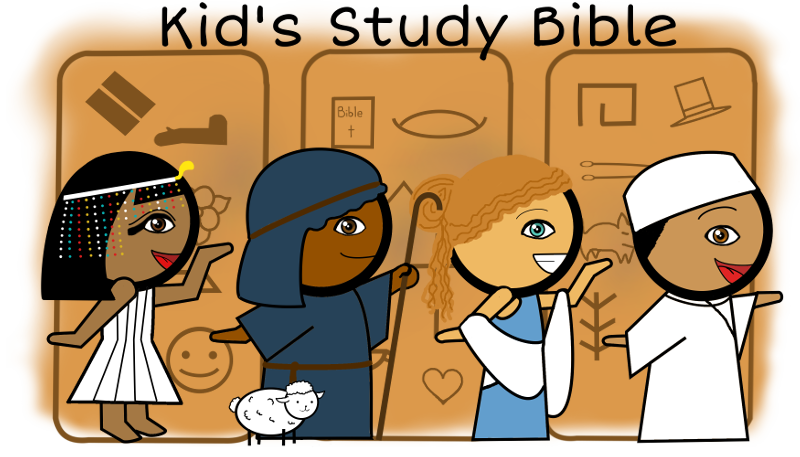Home -> Glossary of Words in the Bible -> Bread
Definition of Bread in the Bible
Bread
Bread: among the Jews was generally made of wheat (Ex. 29:2; Judg.
6:19), though also sometimes of other grains (Gen. 14:18; Judg.
7:13). Parched grain was sometimes used for food without any
other preparation (Ruth 2:14).
Bread was prepared by kneading in wooden bowls or "kneading troughs" (Gen. 18:6; Ex. 12:34; Jer. 7:18). The dough was mixed with leaven and made into thin cakes, round or oval, and then baked. The bread eaten at the Passover was always unleavened (Ex. 12:15-20; Deut. 16:3). In the towns there were public ovens, which were much made use of for baking bread; there were also bakers by trade (Hos. 7:4; Jer. 37:21). Their ovens were not unlike those of modern times. But sometimes the bread was baked by being placed on the ground that had been heated by a fire, and by covering it with the embers (1 Kings 19:6). This was probably the mode in which Sarah prepared bread on the occasion referred to in Gen. 18:6.
In Lev. 2 there is an account of the different kinds of bread and cakes used by the Jews. (See BAKE T0000419.)
The shew-bread (q.v.) consisted of twelve loaves of unleavened bread prepared and presented hot on the golden table every Sabbath. They were square or oblong, and represented the twelve tribes of Israel. The old loaves were removed every Sabbath, and were to be eaten only by the priests in the court of the sanctuary (Ex. 25:30; Lev. 24:8; 1 Sam. 21:1-6; Matt. 12:4).
The word bread is used figuratively in such expressions as "bread of sorrows" (Ps. 127:2), "bread of tears" (80:5), i.e., sorrow and tears are like one's daily bread, they form so great a part in life. The bread of "wickedness" (Prov. 4:17) and "of deceit" (20:17) denote in like manner that wickedness and deceit are a part of the daily life.
Bread was prepared by kneading in wooden bowls or "kneading troughs" (Gen. 18:6; Ex. 12:34; Jer. 7:18). The dough was mixed with leaven and made into thin cakes, round or oval, and then baked. The bread eaten at the Passover was always unleavened (Ex. 12:15-20; Deut. 16:3). In the towns there were public ovens, which were much made use of for baking bread; there were also bakers by trade (Hos. 7:4; Jer. 37:21). Their ovens were not unlike those of modern times. But sometimes the bread was baked by being placed on the ground that had been heated by a fire, and by covering it with the embers (1 Kings 19:6). This was probably the mode in which Sarah prepared bread on the occasion referred to in Gen. 18:6.
In Lev. 2 there is an account of the different kinds of bread and cakes used by the Jews. (See BAKE T0000419.)
The shew-bread (q.v.) consisted of twelve loaves of unleavened bread prepared and presented hot on the golden table every Sabbath. They were square or oblong, and represented the twelve tribes of Israel. The old loaves were removed every Sabbath, and were to be eaten only by the priests in the court of the sanctuary (Ex. 25:30; Lev. 24:8; 1 Sam. 21:1-6; Matt. 12:4).
The word bread is used figuratively in such expressions as "bread of sorrows" (Ps. 127:2), "bread of tears" (80:5), i.e., sorrow and tears are like one's daily bread, they form so great a part in life. The bread of "wickedness" (Prov. 4:17) and "of deceit" (20:17) denote in like manner that wickedness and deceit are a part of the daily life.


